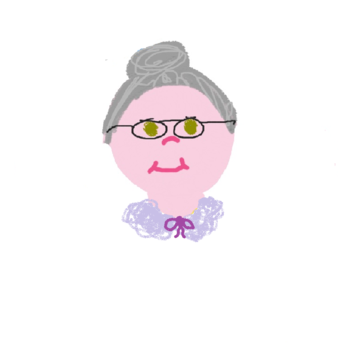Question #ab6e3
2 Answers
Good, better, best.
Explanation:
The language tends to offer three degrees of any quality: Good, better, best; bad, worse, worst; big, bigger, biggest; small, smaller, smallest, etc.
There are possibilities for expressing more nuance between these three degrees. If your throat hurts, for example, your doctor may ask "How bad is it on a scale of one to ten?" Or, you can use any numbered scale for any measurable phenomenon, such as inches, miles, pounds, or volts, for example.
More examples of the comparative degree:
hotter, smarter, friendlier, more useful, more important.
Explanation:
Adjectives and adverbs are expressed as:
-- positive degree; hot, smart, friendly, useful, important.
-- comparative degree; hotter, smarter, friendlier, more useful, more important.
-- superlative degree; hottest, smartest, friendliest, most useful, most important.
The comparative and superlative degrees are formed by adding a suffix (-er or -ier/-est or -iest) to a positive degree adjective or adverb.
For some two syllable and those with more than two syllables the words 'more' and 'most' are placed before the positive degree adjective or adverb.

